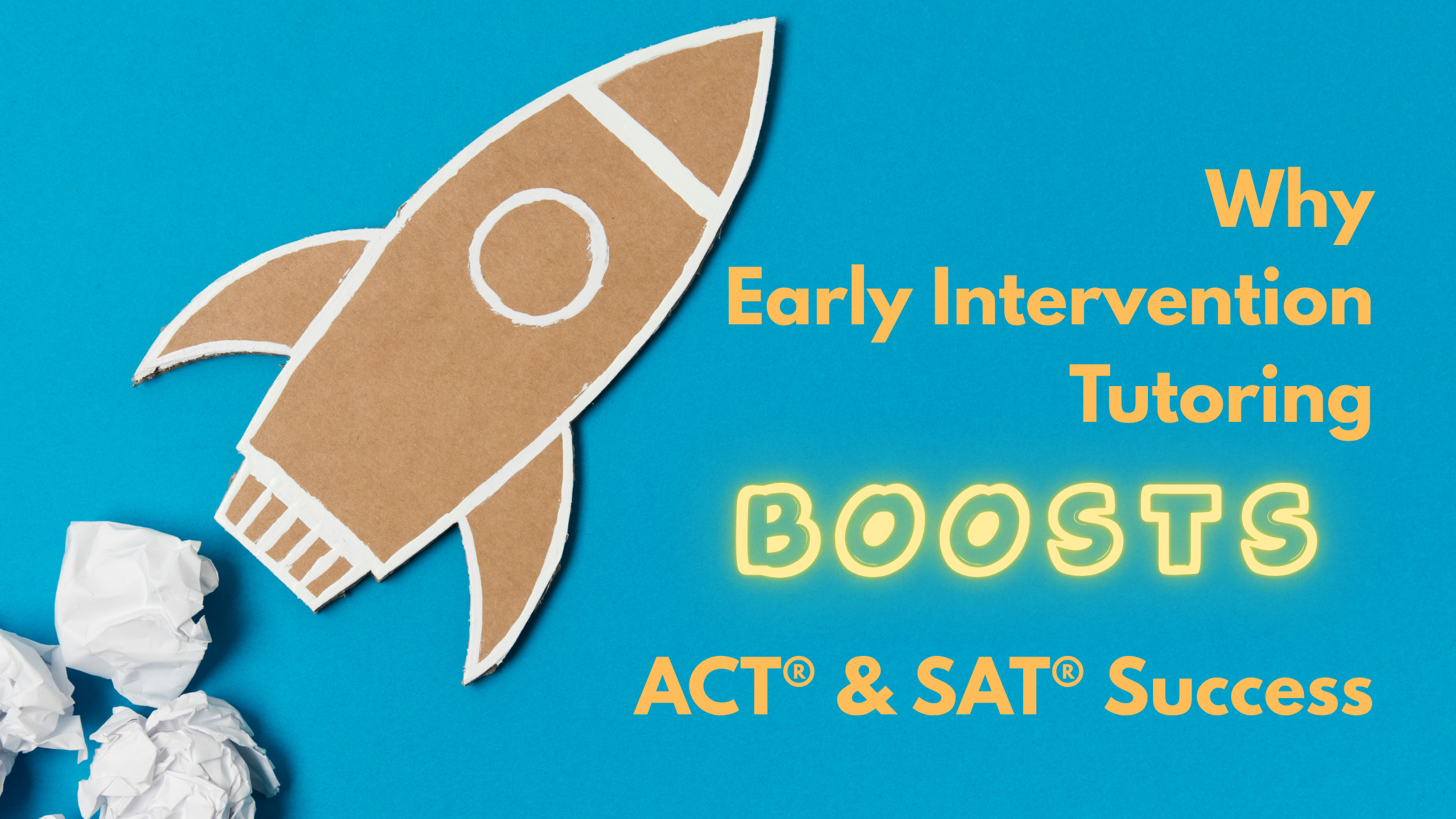How to Determine What Makes a "Good" ACT® and SAT® Score
If I had a dollar for every client who asked “What’s a good score?” …
Seriously though, this is a really common question and concern of our clients, both students and parents alike. Many of our clients want to set a defined, tangible score so they know exactly what score they’re aiming for. Unfortunately, there isn’t a clear answer to this question.
I’m sure that you’ve heard or even possibly given advice to clients setting “1200” as the ideal SAT® score and “24” as a “good” ACT® score. And, for some of your clients, this may be great advice. But giving a pat answer like this and setting a general benchmark for all of your clients is just bad practice. For some clients, these scores would be unreasonably high, others, far too low. The problem is, just like setting any test-prep goals, it all depends on the individual: their academic abilities, commitment to studying, and their educational objectives. As a tutor, the last thing you want to do is guarantee a target score; after all, it’s up to the client to reach their goal. Any improvement goal should be realistic, achievable, and tailored to each student.
Why Set a Target Score?
Not every client is going to want to set a target score, but there are some benefits to studying and practicing with a clear goal in mind:
Focus. It’s important for students to have a focus for their study efforts. While some may want to focus on increasing their personal best score with every take, some students may benefit from having a specific score or a score range in mind.
Motivation. With a target score in mind, test takers will be more committed to working hard to achieve that score.
A Benchmark. Having a target score as a goal provides students and tutors with a yardstick to measure the student’s progress. Students can clearly see their progression as they get closer to their goal.
So, how should you and your clients determine what a “good” SAT® or ACT® score is for them?
[It’s] all about that [base], ‘bout that [base] … line.
Cheesiness aside, at the start of each tutor-client relationship, a baseline score must be established to determine the student’s starting point before creating a test-prep plan. If your client does not yet have a base score to start with, be sure to use a diagnostic tool to identify their current ACT® or SAT® prep beginning point.
With a valid baseline, you can then create a realistic test-prep plan with attainable objectives. From there, you and your client will be able to set a tangible goal for what a “good” SAT® or ACT® target score would be for them.
Determining A “Good” Score
You and your client really only have 2 reliable options when pinpointing their ideal SAT® or ACT® target score.
Option #1: Choose a target score based on what score they can achieve during practice tests. This option is solely based on a student’s performance and the highest SAT® or ACT® score they can achieve. It’s just a matter of their setting the bar as high as they can and working hard to reach, and hopefully surpass, that mark with consistency.
Using full-length SAT®- and ACT®-aligned tests can give your clients the practice they need to keep raising those test scores and the score reports can give you the insight you need to keep helping your clients raise those scores.
Option #2: Aim for a score about 100 to 200 points higher than the average scores of their choice schools. For college-bound students with a narrowed-down list of schools, this option may be best. The first step with this option is to determine what those average scores are. Students can look up each school to find those scores or they can use a tool such as College Board’s BigFuture, which allows students to search for any college or university to view their average SAT® and ACT® scores for admissions. With those scores in mind, students should aim for at least 100 to 200 points higher than the lowest average score.
Just like with Option #1, you’ll need to make sure that these scores are attainable for your client and that they’re committed to working hard to increase their scores.
Option #3: Pick a number out of a hat. I kid, I kid. There really isn’t a third option. The whole point of choosing a target score is to have a tangible goal and a deliberate strategy to achieve that goal. (See Options #1 and #2 for real guidance).
Achieving a target score takes time and effort. With commitment, determination, and a solid test-prep plan, your students can achieve their academic goals and reach their target SAT® or ACT® score. A “good” test score can open many college doors for students, helping them get into the school of their dreams and setting them on a path to a successful future.
Related Articles:
The Dos and Don'ts of Tutoring with Real SAT® Tests - Part One: The Dos
The Best Answer to "How Long Should I Study for the SAT®/ACT®?"
Help Students Create Achievable Test-Prep Goals
The #1 Predictor of Test-Prep Score Improvement
Make Your Practice ACT® & SAT® Tests Feel like the Real Thing
4 Telltale Signs That Your Client's Ready to Take the Real Test
We Are Ready for the Digital SAT®! Are you?
As the SAT® and ACT® transition to all-digital testing, we are ready to support your tutoring business with the first and best custom-branded, fully digital test-prep courses. Our white-label, all-digital, adaptive Digital SAT® practice tests include accurate, algorithmic scoring. This gives your tutors and clients access to the actionable data they need for tailored instruction and score optimization.
Ready to take your test prep to the cutting edge? Schedule a free demo and try it for yourself!




